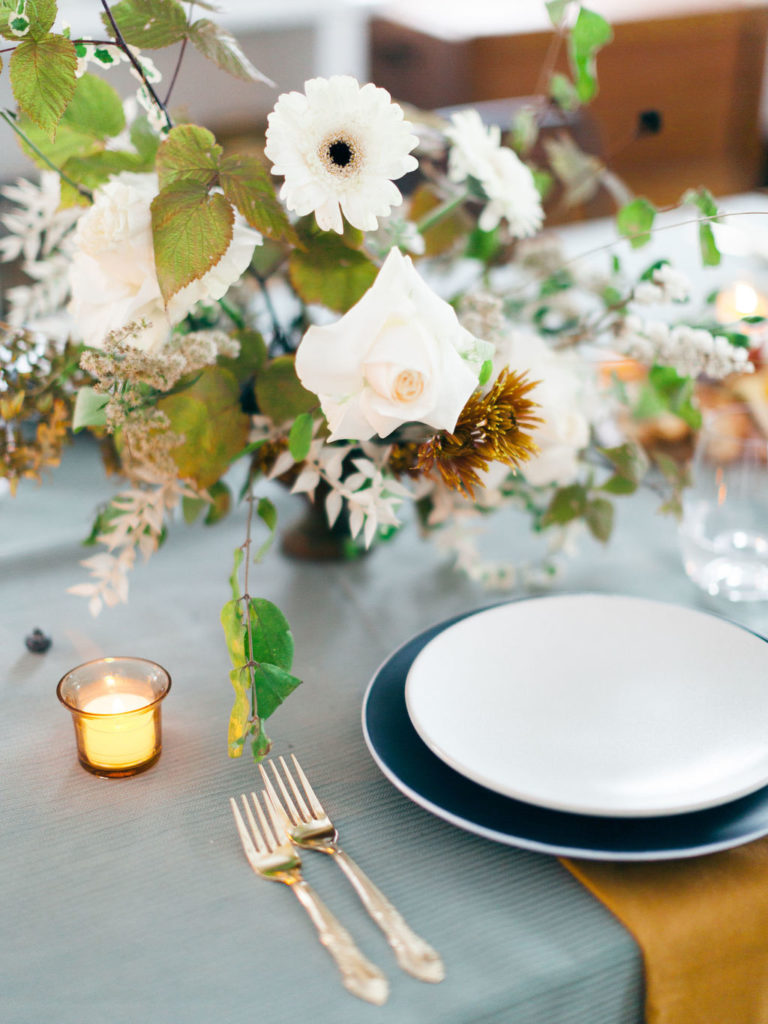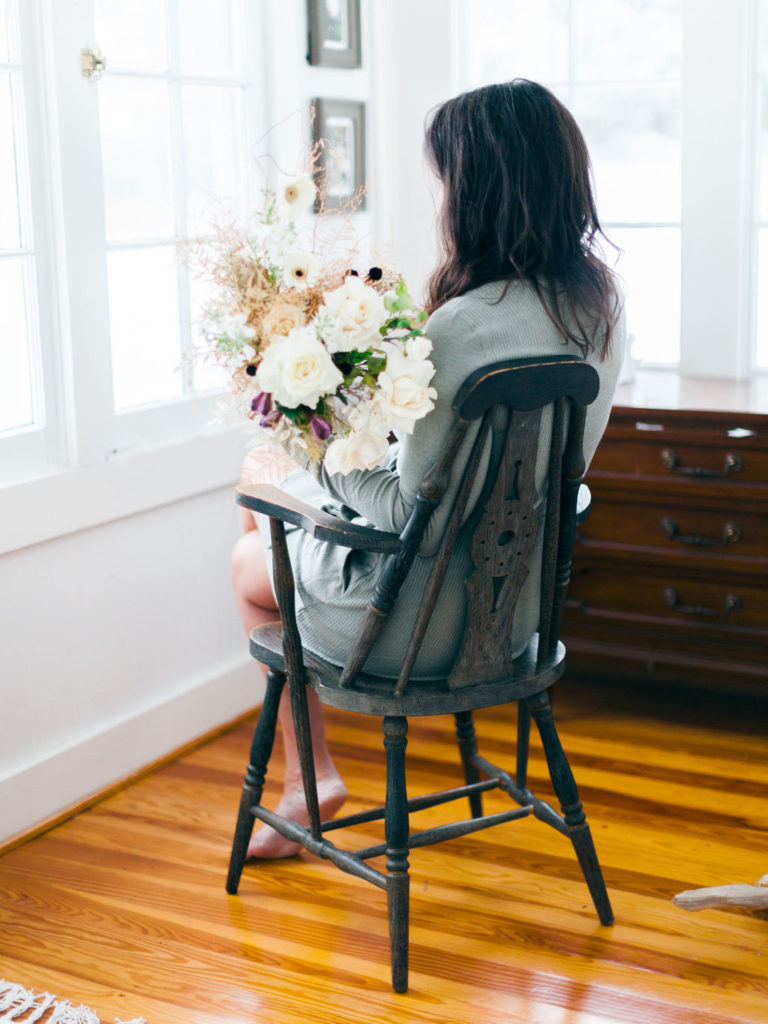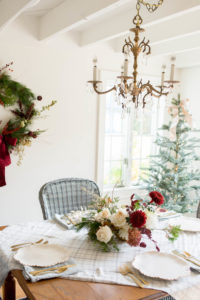A couple weeks ago in our Hot Topic Talks over on Instagram, we talked all about the pros and cons of styled shoots. It was such a great conversation with people from various creative industries joining in that I thought we needed to sum it up for you, put together a landing place here to sum up these tips for success.
Before we get too far involved though, let’s define what exactly a Styled Shoot is. In the wedding industry, this has become known as a “mock wedding” – all the details and setup, usually complete with a couple to model, but an actual event does not take place. It’s all staged. Other industries have similar concepts. It’s a way of advertising, showing off a product or skill. Magazines do them for cover shoots and furniture companies use similar concepts to style their latest lines of sofas, chairs, rugs, etc. We could call this product photography or editorial shoots.
There is so much to be gained from embarking on these creative projects, but at the same time, they can also go very wrong. There’s nothing worse than putting in hours of time and effort, sinking hundreds of dollars into flowers (or film, or linens, or printing fees, etc), only to create sub-pare results, being given unusable images or tarnishing a vendor relationship.
With all that in mind, I’ve put together a list to help you have the best experience possible when planning or participating or contributing to an editorial shoot:
1. Start with a Goal
Sounds silly, right? But if you don’t have a clearly defined goal for the project it’s hard for other people to see your vision and jump on board. Maybe you have a new service or product you’re going to offer and need marketing materials. Perhaps you are trying to get your work featured in a certain publication and none of your previous work has been the right fit. You could be just trying to stir some creative juices and network with new vendors or experiment with new ideas. Have a goal and mission in mind and focus all of your other decisions on this, helping you to better achieve your end objective.

Photography: KR Moreno Photography
2. Choose the Right Photographer
All photographers are not created equal. Some are better at capturing people. Some are amazing at styling details. Some love flowers. Some like dark colors. Some are great at capturing unique angles and adding new and interesting perspectives to images. Then we can start talking about editing style, dark and moody, light and airy, film versus digital, how colors are captured and translated… it all makes a huge difference in the overall mood or vibe for the project.
Just because a photographer has a professional camera and a stunning website does not mean they’re the right fit for the project you have in mind. Their brand needs to align with your brand and the brand of the others involved. Their overall style needs to able to capture and accomplish the mission of your project.
3. Create a Mood/Vision Board

Whether you chose to design a PDF with a page of inspiring images or a very detailed Pinterest board, visuals help to communicate your vision. Blush to one person can mean a soft pink with peachy undertones to one and lean very lavender for another. Creating a color palette, add some visuals that very clearly describe your vision and add in a few key descriptive words – elegant, boho, garden style, European inspired, modern, clean, romantic, etc.
If creating a Pinterest board, don’t forget that you can write notes and leave captions under each image. This will help other’s understand why that image is there. Is it a good color reference? Do you like the outfit the model is wearing? Is it a posing idea?
4. Choose the Right Vendors/Artists
The scope and the overall mission of the project will help you determine how many other artists you may need to reach out to in order to make your vision a reality. At this point in my career, I have gathered a pretty diverse inventory of props and small décor, which means I don’t always need to source additional items from rental companies and my trips to Home Goods for that little “something extra” have become a little less frequent.
However, when that isn’t the case, I always turn to those who will fit with my purpose (point 1) and my mood board (point 3). Depending upon the objective of the shoot, sometimes creatives will donate their time or product because they find benefit it for their own businesses as well. This isn’t always the case though, sometime you have to pay other artists for their time and talent and cannot expect an amazing product for free.
When it comes to wedding specific styled shoots, something I have seen over and over again (and am frankly, a little frustrated by) is a gorgeous vision or mood board, a theme or vibe that is spot on with my own, and then I realize that the organizer has invited a couple of other vendors to contribute who don’t seem to fit in at all. The response is “I wanted ___________, but they couldn’t donate their goods right now”. So inevitably, they worked their way down their list of contacts until they found someone who would work for free. This took away from the overall creative vision and hurt the end results for all parties involved.
For example, last minute linen swaps (the impact linens have on an overall design is HUGE), not using a very fashion forward bridal gown, or using a cheerfully rounded watercolor invitation suite instead of the sleek and modern gold leaf or letterpress design that the original mood board called for.
5. Create a Contract
For various reasons, people disappoint other people. It’s not necessarily intentional, but it happens. An editorial shoot needs to be taken as seriously as any other piece of your business and contracts assist with that. It gives very clear rules and guidelines and can help omit the stressfulness of last minute decisions for one party to back out. If you’re paying for vendor services, then 100% you need a contract or something in writing that states what they’re paying for and what expectations are.
6. Ask Each Vendor/Company/Artist for Specific Shots or Ways they’d like Their Products Featured
This one is especially necessary if someone you’re working with is donating their time/product. Head back to the original objective of this project and making it worthwhile for all creatives involved, if I don’t like the images that were produced, then it wasn’t really worth my time – unless of course they paid full price like any client and then I really have no say over how they capture my flowers (or insert your business here).
Give each product or artist involved the same amount of attention. I say this mainly to those, again, who are donating to styled shoot. It’s not right to expect a calligrapher to make you 8 beautiful place cards and then you give them back 1 picture, while the florist gets 75+ pictures. Give each artist the time and focus they deserve.

That being said, when I do small creative projects at home or in my studio, I don’t always follow those rules if the objective is solely for my own promotional purposes. For example, last month I did a little holiday setup getting ready to sell some of my Christmas wreaths and centerpieces. I used plates, napkins, chairs, Christmas trees, etc. from other companies, but they were not the focus of my project. I paid for them (or had previously paid for them) and while I might tag them in some of my social media posts, I hold no obligations towards them.
7. Create a Shot List
What pictures are taken often falls into the hands of the photographer. That’s they’re job, right?! But sometimes you need a horizontal image with a white background for your website or maybe you know that the dress designer really wants to show off the row of fancy new buttons on the dress the model is wearing. Make a list. A photographer is a creative artist, but not a mind reader. Shoot days can get very busy and time goes by fast, it’s really easy to forget taking the time to capture a key image. And it’s really frustrating when you get those pictures back and that key image was missed.
8. Cleary State When and Where Images can be Shared
We’ll go back to my holiday mock-up project I created. I shared a couple of images while I was doing it to get people thinking Christmas and let them know something good was on the way… however I did not want the entire cat out of the bag until I was ready to launch. It’s really important that clear instructions for sharing are given to all participants. Communicate how each image may be used, how others should be credited and any copy right guidelines the photographer may have in place. Are Instagram stories while the project is happening okay? Are Iphone sneaks allowed? Does everything need to be kept completely quiet until a certain product launches or the editorial is featured in a magazine/blog? Tell everyone.
9. Share All Vendor info with All Participants
Everyone needs to know everyone that participates. Introduce one another. Send out a master list of creatives with websites and Instagram/facebook handles. I can’t credit someone if I don’t know whose work it was. The project organizer needs to make this as easy as possible, the online networking and cross promotion of products is huge for small businesses, don’t let this step get overlooked.
I was once told that if I didn’t get all of the participants in a photography project to donate their time and/or services that I was doing it wrong. I’ve been told that it shouldn’t cost me any money to do a wedding styled shoot. I’ve been told that you have to go big and design over the top or it’s a waste of time. I’ve been told that smaller projects are better. I’ve been told styled shoots are the only way to start your business and show off your skills. I’ve been told they’re a huge waste of time. You’ll be paid with exposure….
I think there’s some truth and myth to each one of those statements. However I hope this helps you better understand that these are advertising projects. If you can gather a group of individuals together that needs some cross advertising, that’s perfect. Overall though, we need to respectful of other’s businesses and their objectives, priorities and how much creative energy they can share. Find your own path and what’s best for you and your business.

Do you have other tips and advice? I’d love to add it to my list, comment below!

LEAVE A COMMENT
View Comments